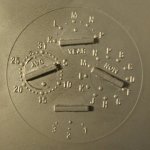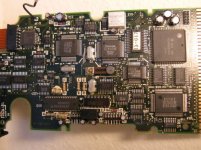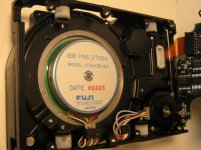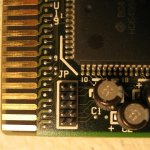I've been trying to fix four 30 MB ESDI hard disks for an IBM PS/2 Model 50Z (another one). The original disk was bad, and so I acquired three more (two were new old stock, and one was used). All of them come up with invalid media--bad track 0 errors when I try to format them. Some give me error codes 1780 or 1790 on startup, but this isn't always consistent. The disks in question are WD-336R (three) and WD-336RT. Internet searches didn't help. If a hard disk has a bad track 0, does this mean there is no fix?
One last unrelated question: I have a Model 30 PS/2 (8086) and I'm trying to figure out the (roughly) the date of manufacture. There are no actual dates on the system, but the cover has an unusual date stamp--see attached picture. What is this date? Only the day is clear to me. The year must be 1987 or 1988, when these PS/2s were sold.
One last unrelated question: I have a Model 30 PS/2 (8086) and I'm trying to figure out the (roughly) the date of manufacture. There are no actual dates on the system, but the cover has an unusual date stamp--see attached picture. What is this date? Only the day is clear to me. The year must be 1987 or 1988, when these PS/2s were sold.




